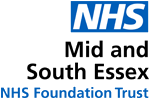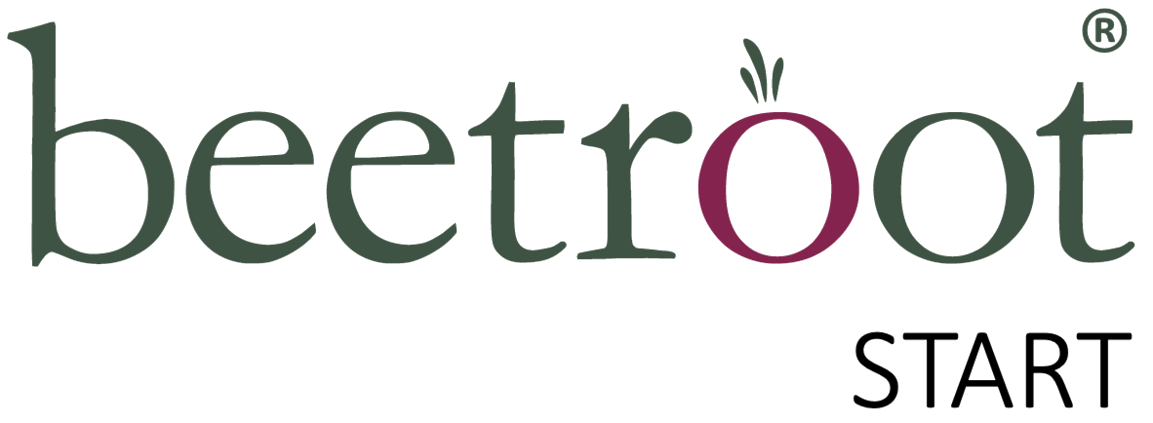beetrootDMARD and DMARD monitoring
DMARD monitoring is vital. It’s first and foremost a risk-management exercise – ensuring patients who are taking potentially toxic medications are kept safe.
beetrootDMARD is the third name for a digital DMARD monitoring service that has evolved over 20 years. Originally known as RheMOS, and then TAMONITOR, beetroot® is the new, patient friendly name for a tried, tested and trusted digital health service.
beetrootDMARD is used by secondary care clinicians in hospitals. If you’re a GP or provide other primary care services and have an interest in DMARD and other drug monitoring, have a look at beetrootCOMMUNITY.
“I’m not sure how we would have identified our high risk patients without TAMONITOR (beetrootDMARD). It will also allow some of us to work from home. It’s been an incredibly valuable tool for helping us to look after our patients during the epidemic.”
(work done to risk-stratify patients in response to the COVID-19 epidemic)
Dr Mark Lazarus, Consultant Rheumatologist, while at Southend University Hospital

Why beetrootDMARD for DMARD monitoring?
Problem…
Many drugs like Disease Modifying Anti-rheumatic Drugs (DMARDs) can have serious side effects and patients who take them should be regularly monitored. Monitoring of patients is often the responsibility of specialist clinicians (although it can be GPs’ responsibility – see beetrootCOMMUNITY). Monitoring patient’s results manually is time-consuming and prone to error and oversight.
Solution…
Instruct patients to provide physical blood samples in the community (for example via GP phlebotomy services). Collect electronic copy of blood test results from the laboratory and check them for abnormalities or deteriorating trends that may indicate problems. Set up rules to identify normal ranges and triggers for deteriorating trends. Also create rules to indicate expected frequency of testing. Associate those rules with groups of patients via ‘common’ medications, or even at individual patient level. Receive alerts when rules are breached. Escalate those alerts to colleagues within the hospital and outside, such as GPs.
To improve efficiency and automation beetrootDMARD is usually provided with a demographic link to the hospital EPR, and receives copy of results via an HL7 feed from the laboratory.
“Our professional relationship and mutual support has transformed our service to a clinically excellent and efficient one.”
Dr Clive Kelley, Consultant Rheumatologist (retired), QE Hospital, Gateshead
Sites
Nurses
Specialties
Patients monitored*
Doctors
Blood tests processed*
*Last 12 Months
beetrootDMARD – DMARD monitoring case study

The Rheumatology department at Queen Elizabeth Hospital Gateshead has been using TAMONITOR (beetrootDMARD and its predecessor RheMOS) for 20 years. The use of beetrootDMARD has grown since it started and now it supports gastroenterology and respiratory as well as rheumatology patients. We spoke to Gail Lumsley who is the administrator who runs beetrootDMARD on behalf of the Gateshead patients’ doctors and nurses, although they also have access to the system. We spoke to Gail about her experience with beetrootDMARD.
How long have you been using beetrootDMARD?
I took over as the [then] RheMOS Database Administrator about 13 years ago. Can’t believe it!
How do you use beetrootDMARD, day-to-day?
As the Database Administrator I am responsible for putting new patients details onto beetrootDMARD manually to ensure that we get to see their blood test results. I check the beetrootDMARD control panel (or dashboard) to see the abnormal results, deteriorating trends and DNAs (patients for whom we are expecting a blood test but none has shown up) that have been identified by beetrootDMARD. I then notify the relevant doctors of any problems, and they either log into beetrootDMARD to deal with the problem, or let me know what needs to be done. For identified DNAs I need to generate letters for the patients and their GPs, but I’m hoping the number of DNAs will reduce when we start using SMS messaging to remind people to go for testing. The new DNA templates I can use with beetrootDMARD give patients much more information regarding their overdue blood test and as a result the number of calls requesting more information has fallen. But dealing with DNAs can be quite still be quite time-consuming.
How do the blood test results for your patients get to beetrootDMARD?
Most patients results are received automatically via an HL7 feed from the pathology lab here at the QE. For those out of area (whose bloods are not processed at the QE pathology lab) the majority come from surrounding area. That means that I have access to their results through a shared lab system. These results can then be copied manually into beetrootDMARD from the shared lab system. I don’t mind as it’s a relatively small number, and most from South Tyneside. I think beetrootDMARD are doing work to create a link to South Tyneside pathology which will reduce those numbers even further.
What else do you use beetrootDMARD for?
My role has evolved as new features in beetrootDMARD have come available. So now I manage (in addition to Abnormals and DNAs) Shared Care Protocols, Agreements and returns for each patient (identified on beetrootDMARD). I also produce reports for GPs which helps them keep track of who they are responsible for and who the hospital is monitoring. I also enter scoring data (e.g. PsARC / DAS28) that’s collected by the nurses. And while the specialist nurses deal with the patients’ helpline call details I can keep on top of the calls to make sure none get missed. Due to the similar drugs being used Gastroenterology and Respiratory specialties some of their patients are also on beetrootDMARD but that’s a fairly small proportion of the overall total.
Has your use of beetrootDMARD increased or decreased over the years?
It’s increased. Partly because I can now do different things with it and partly because overall the number of patients being monitored has roughly doubled since 2008. There’s also been an increase in the number of out of area patients.
What features would further improve how you use beetrootDMARD?
Automating the exchange of shared-care protocol documentation would make a big difference (have a look at https://www.beetroothealth.com/beetrootcommunity). At the moment it’s a very manual job where I have to generate a letter to send to the GP to get confirmation and agreement over the monitoring responsibilities. Often the agreements don’t come back as the GPs are too busy, and keeping tracking of them manually is a nightmare. It would be great if beetrootDMARD could handle that all automatically. Also any reduction in the workload associated with DNAs would be helpful. We know that SMS reminders for hospital appointments are used widely and so the same reminders for blood tests would help reduce the number of DNAs we have. I know we’re introducing that feature shortly and I’m looking forward to seeing how it can reduce my administrative workload. I’m expecting three levels of messages to be sent – one ‘preemptive’ message a few days before they’re due to go for a blood test; a second ‘preemptive’ message if we haven’t received a blood test when expected; and a third ‘reactive’ message is they still don’t get the blood test done. I’m hoping the text message reminders will reduce the number of letters I need to generate and send to both patients and GPs – and it’ll be a useful service for the patients as well.


